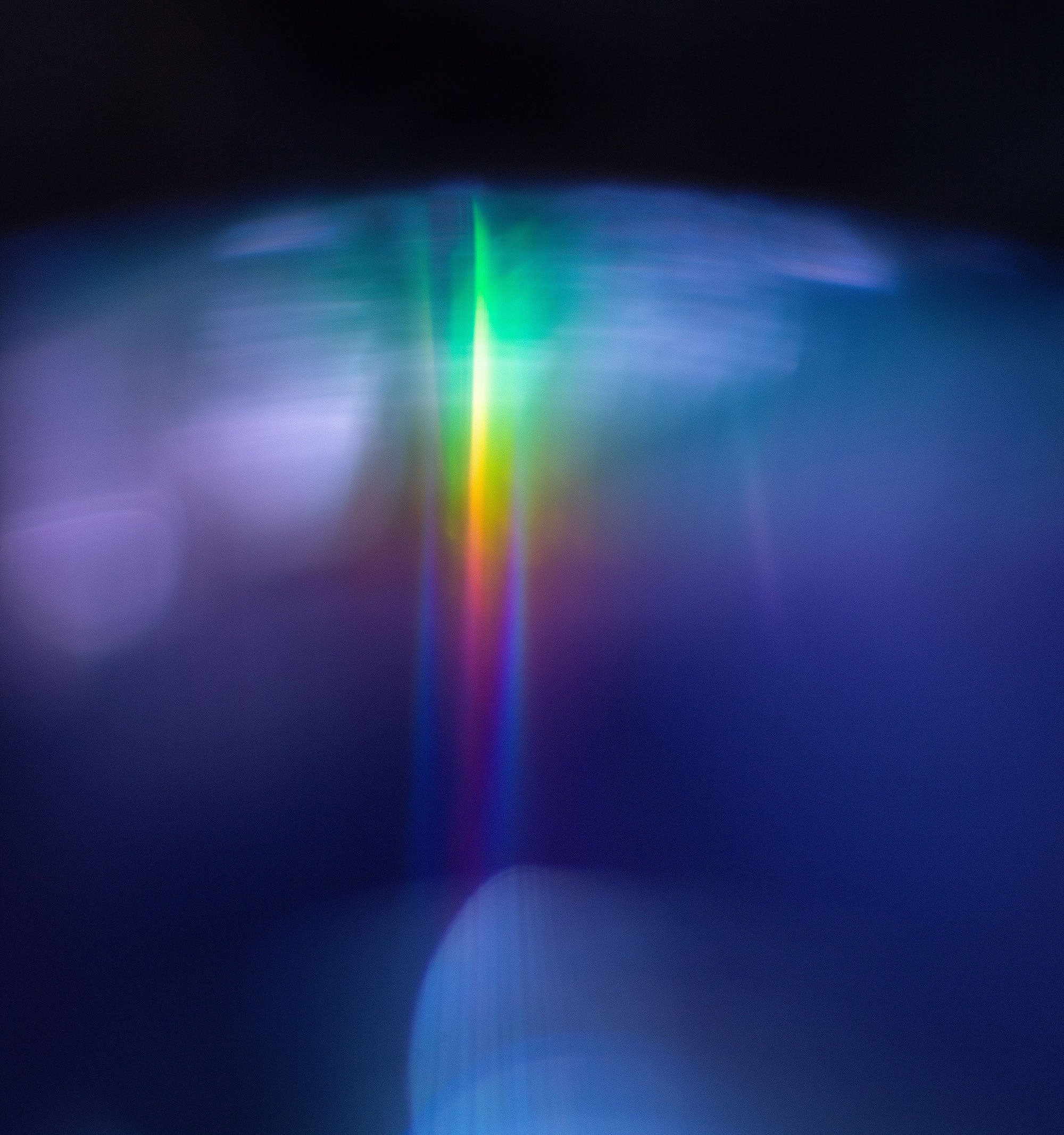
Science
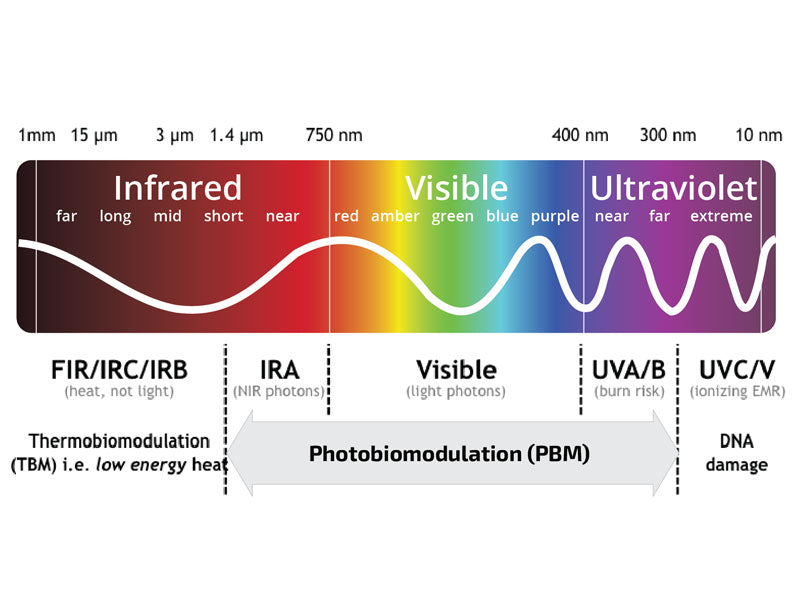
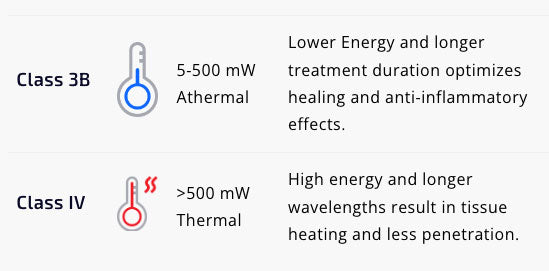
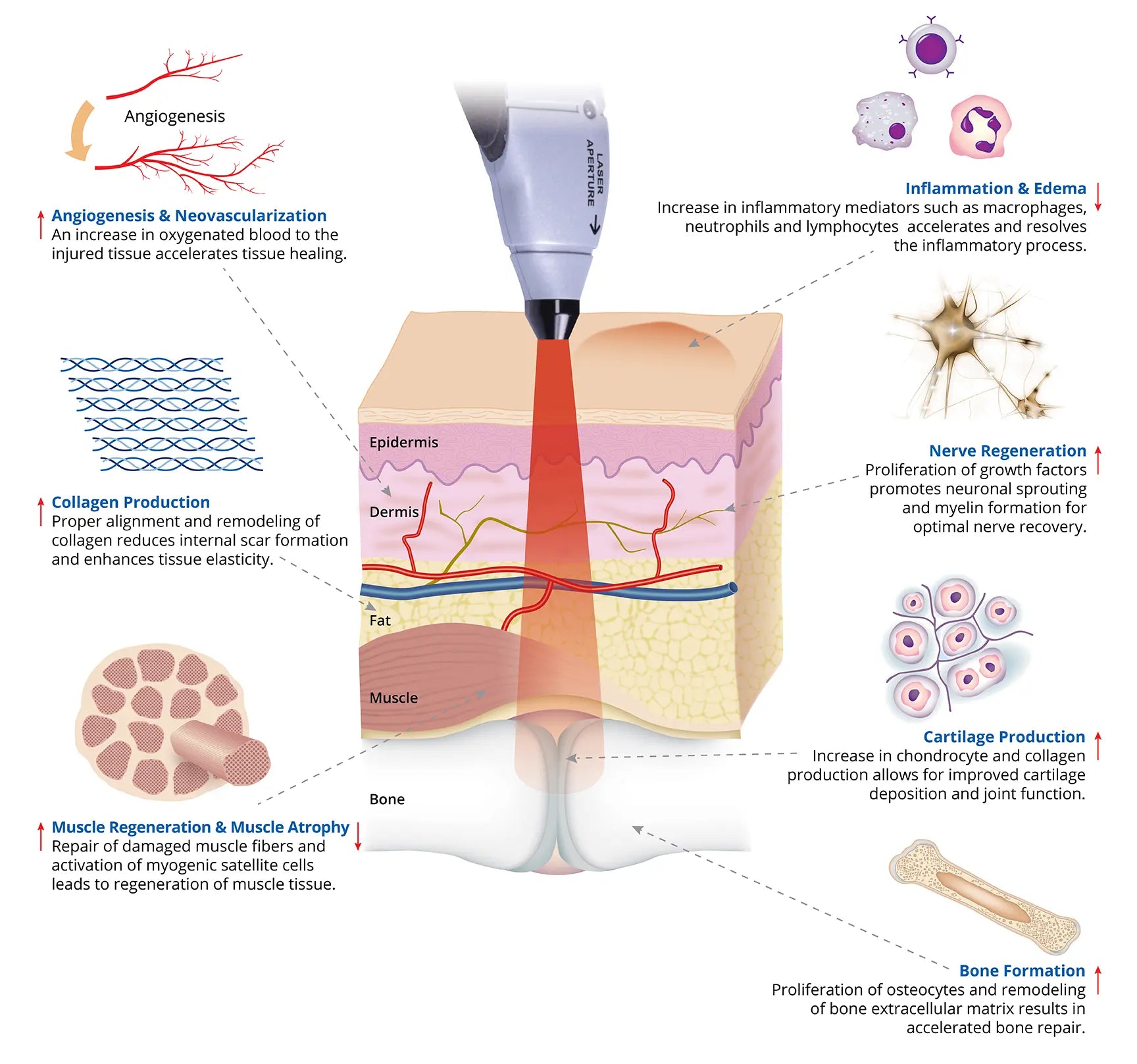
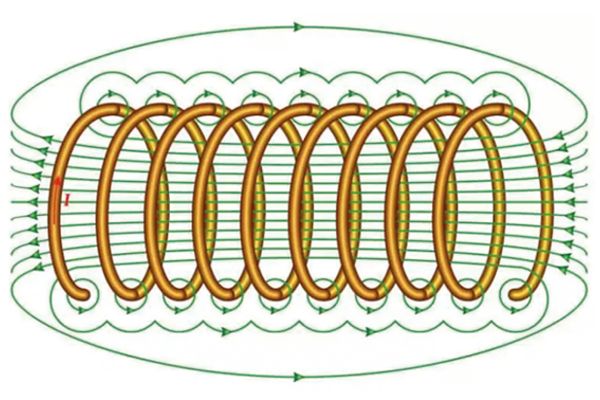

Effects of magnetic therapy
“Studies conducted in several countries show that magnetic contact with human blood supply activates the ion content and creates a weak current. An increase number of centers of crystallization occurs, directly proportional to the strength of the field, reports Dr. Bansal. He believes that the process of ionization is hastened which alleviates the danger of blood clotting and stimulates the flow of blood to the arteries and veins. Magnetic flux in the blood increases the number of red corpuscles and strengthens inactive and decaying arteries; the movement of hemoglobin is accelerated and calcium and cholesterol deposits are held to a minimum, all of theses clinically observed by Dr. Bansal and associates. Magnetism has been demonstrated to stimulate other fluids in the body as well (Bansal, 1983, 1990)…Dr. Bansal enumerates effects of magnetic fields on the biological system:
- Secretion of hormones and other fluids is promoted and the positive effect is exercised on the working of the glands in the entire secretory apparatus;
- Function of the automic nerves are normalized and strengthened, improving the function of all internal organs;
- Build up of new cells and rejuvenation of tissues; and
- A stabilizing of the genetic code (92-93).
Highly advanced electromagnetic devices used in human medicine
“Magnetic resonance imaging (MRI), is used to take detailed images of internal body parts, and for mapping the brain, and exploratory surgery, etc. and which is rapidly replacing X-rays that place us at risk to cellular damage from adverse radiation.”(87) for diagnostic purposes MRI’s are also used for breast imaging in the detection of cancer. “Terafield & Diapulse electromagnetic devices for relief of pain and edema, approved or registered by the FDA in 1972 and used by more than 1,000.00 hospitals, colleges, and health care centers”(88).
“The earth's magnetic field has a significant impact on all living things and that life itself is dependent on magnetic energy. A striking example of this connection was discovered by NASA. The first astronauts to orbit earth outside of the earth's magnetic field returned home sick and weakened. NASA scientists discovered their illness was caused by a lack of magnetism and solved the problem by placing magnets in spacecraft and space suits” (96).
“The moons micro pulsations-from 0.1 to 35 Hertz-are in perfect harmony with the electro biochemical impulses of man that they helped to develop during evolution”(97).
“Lower frequencies are even more effective for treatment as they are able to achieve resonance more easily when interacting with the natural resonance frequency of body tissues which are under 25 Hz”(145).
Literary/scientific evidence of magnetic energy
Rose, Peter. “Magnetic Therapy Illustrated: Natural Healing and Pain Relief Using Magnets”. Ulysses Press. California: Berkley: 2001.
“What magnets can do is help reduce the pain and improve the blood flow, thereby accelerating chemical re-building and the removal of waste products” (p.71).
Origins of magnetic therapy
“The magnetic properties of lodestones (naturally magnetic rocks) were recorded by the Greek philosopher Thales of Miletus in around 600 BCE. (7)
”The ancient Chinese…certainly used magnets and magnetic material to improve the flow of chi, the internal energy that flows around channels of meridians in the body.” (7)
”The Atharva-Veda, the sacred ancient writings of Hinduism, refers to magnets being used to stop bleeding, while Cleopatra supposedly wore a small magnet on her forehead to preserve the fabled beauty.” (7).
“Paracelsus, the Swiss alchemist and physician wrote: “There are qualities in a magnet and one of these qualities is that the magnet also attracts all material humors that are in the human system. The magnet therefore is very useful in all inflammations, influxes and ulcerations in the diseases of the bowels and uterus….” (47).
“…The physician Dr. William Gilbert reputedly prescribed magnets for Queen Elizabeth I.”(7).here
Scientific studies and articles
Result of a study conducted at the “Institute for Microcirculation in Berlin, Germany”:
The tissue of the group that received electromagnetic stimulation showed an increase in blood circulation and an improved oxygen supply at all times when scientific measurements were taken.
Source: “Magnetic Therapy improves the microcirculation in tissue” (“Magnetfeldtherapie bessert Microzirkulation im Gewebe”, Aerzte Zeitung, 24.08.2004)
Source: Research by Dr. Rainer Klopp, presented at the Congress of German Orthopedics, Germany 2004.”; “QRS® OSTEO Study 2001” (Quantron Medicine):
The QRS, Quantron Resonance System, is backed by 30 years of scientific knowledge, numerous clinical trials and empirical tests. There is a broad range of applications for treatment with the pulsating electromagnetic fields of the QRS.
In summary this study dealt with examining the following problems:
“Osteoarthritis of the knee joint is a disseminated degenerative disease, especially in adult, which mostly develops due to the imbalance of use and constitutional capacity of the joint tissues. Clinical symptoms are stiffness and pain, and in the long term cases also knee joint instability. The standard therapy up to now is rather symptomatic than causal, mostly physical therapy and analgesic medicines” (p.1).
In summary the findings state the following:
“The results are astonishing for the medical profession….For the User and the QRS specialist; it is not so quite so astonishing that this (unspecified) therapy delivers such clear results in a narrowly defined diagnosis. This makes QRS® a real alternative in therapy…” (p.29).
Article in “Biolectromagnetics 25:457-465 (2004)”:
“Effect of Pulse Burst Electromagnetic Field Stimulation on Osteoblast Cell Activities”
“The purpose of this research was to assess the possible mechanism of the stimulatory effect of pulsed electromagnetic field (PEMF) on bone cells…Our results demonstrated that PEMF stimulation significantly increased the osteblast’s proliferation…”
Findings of clinical trials
“Trials of electromagnets yielded more consistent results. Five out of six trials found that these magnets significantly reduce pain. The sixth found a significant benefit to physical function from using electromagnets…” (6).
26 of 32 randomized clinical trials (RCTs) showed that pulsed electrotherapy was efficient in treating conditions such as neck/shoulder pain, bone and joint diseases, neurological disorders, sleep disorders….(Vallbona and Richards, 1999, NCCAM 17).
“The participants who received the magnetic therapy had significant improvement in all pain measurements and in some range-of-motion measurements that persisted throughout the evaluation period (NCCAM 20).
“The Effect of Pulsed Electromagnetic Fields on Instrumented Posterolateral Spinal Fusion and Device Related Stress Shielding”, Spine 22 (4):382-388, February 15, 1977.
“Conclusion: Use of pulsed electromagnetic fields has the potential to minimize device related vertebral bone mineral loss”.
“Effects of pico telsa electromagnetic field treatment (PTEF) on wound healing in rats” AJVR, Vol 64, No. 7, July 2003.
“At day 14, the strength and toughness of the sutured wounds exposed to the PTEF: were significantly greater than control groups. This may be attributable to an increase in collagen formation and maturation within the wounds…The PTEF appeared to have a positive effect on the maturation of granulation tissue in sutured and open wounds.”
“Electromagnetic treatment has been shown to have a positive effect on the epithelial migration in a study of wound healing in dogs treated with pulsed electromagnetic fields.”
“Magnetic Pulse Treatment for Knee Osteoarthritis: A Randomized Study, Double- Blind, Placebo-Controlled Study”, Nicolo Pipitone, David L. Scott, Curr Med Res Opin 17 (3):190-196, 2001.
“PEMF have been used for the treatment of a vascular necrosis of the hips, Legg-Perthes’ disease, osteoporosis, tendonitis, chronic pain due to musculoskeletal disorders, and delayed bone fractures…In conclusion, this study has demonstrated a statistically significant benefit in terms of reduction of pain and disability in patients with knee OA resistant to conventional treatment in the absence of significant side-effects.”

